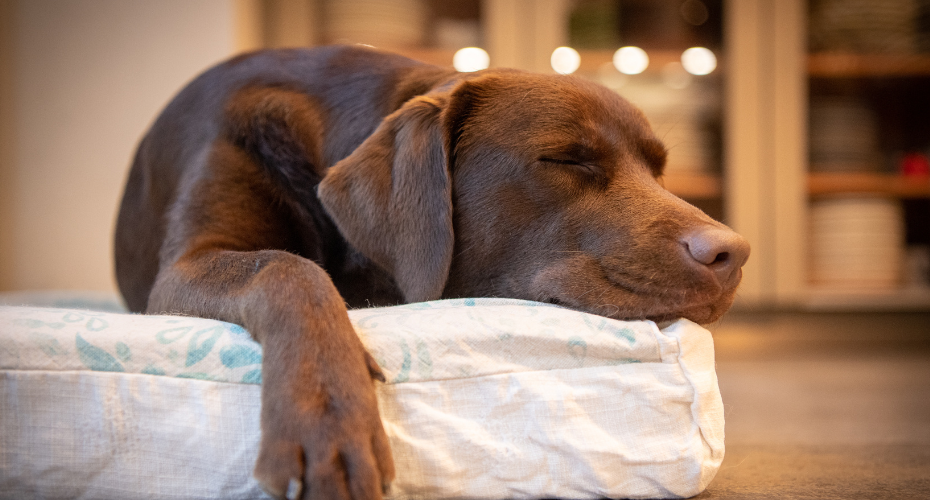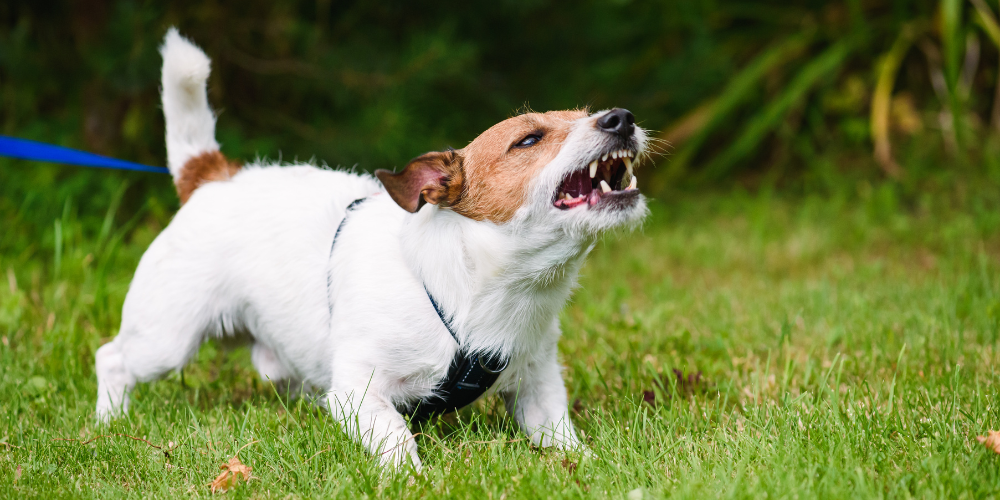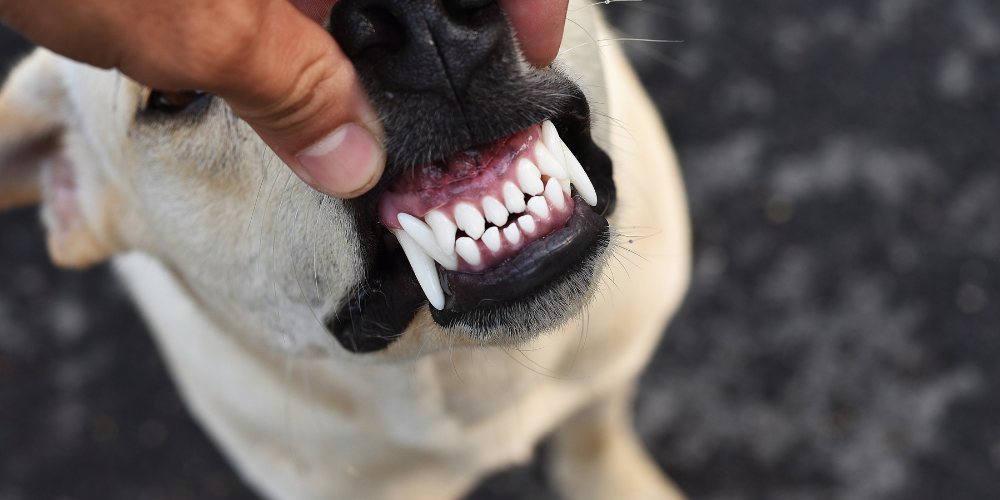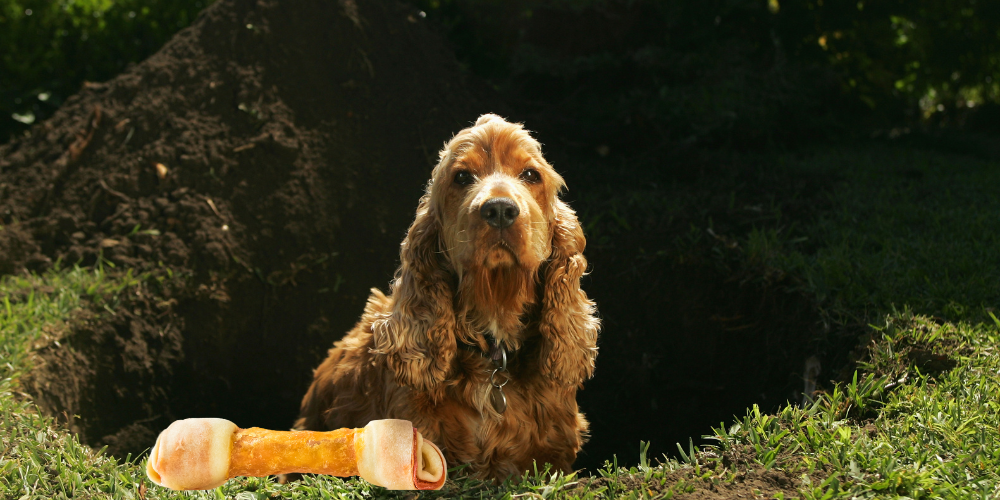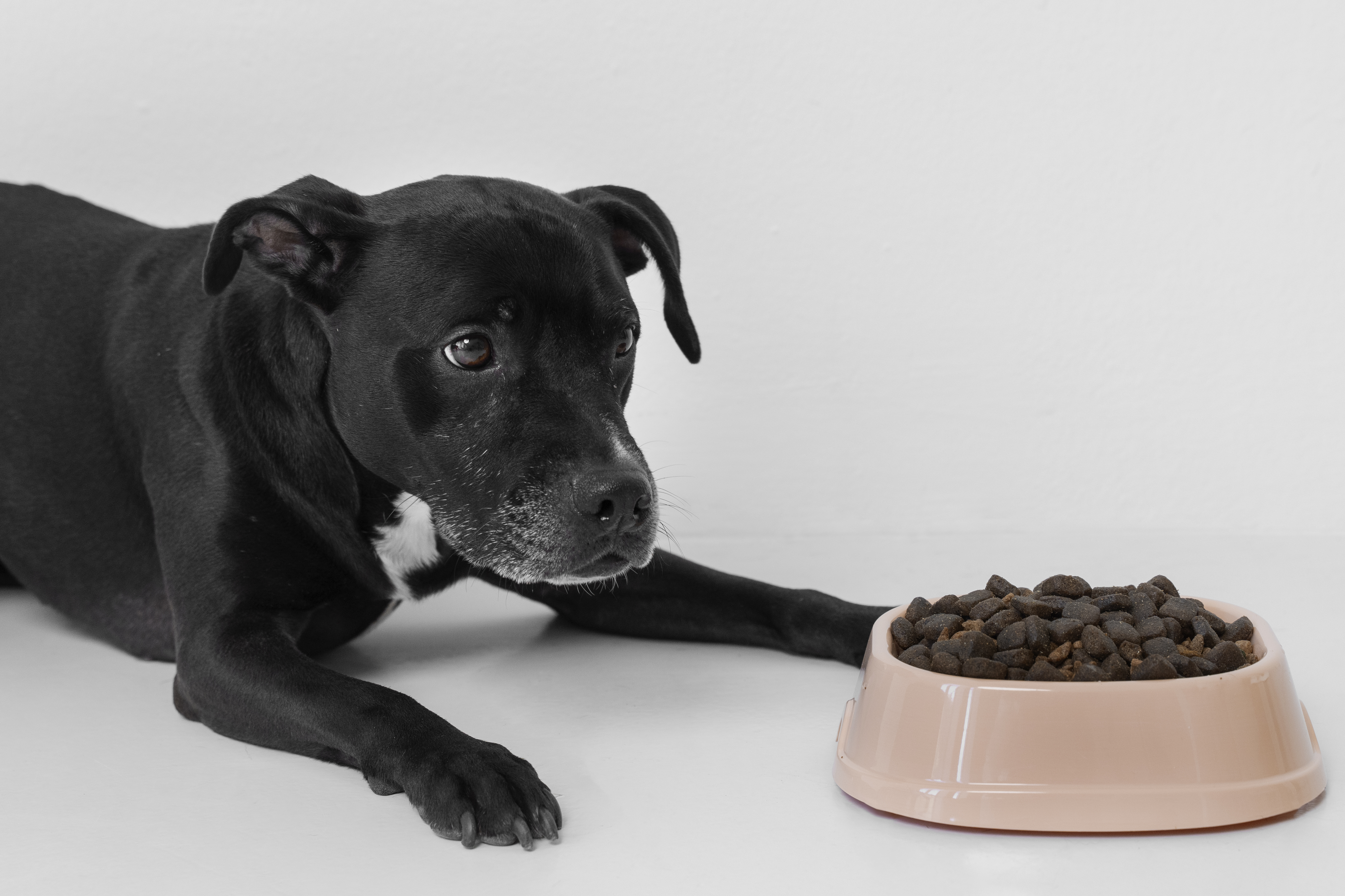
Does your dog turn into a little tyrant at mealtime? Food aggression in dogs is a common but often misunderstood behaviour. It can make feeding time stressful for both you and your dog. We’re here to help you understand what food aggression is, why it happens, and how you can deal with it effectively. Let’s explore the different aspects of food aggression in dogs and find some practical solutions.
What Is Food Aggression?
Food aggression occurs when a dog becomes overly protective and defensive about their food. This can manifest as growling, snapping, or even biting when someone gets too close to their food bowl.
Essentially, it’s a type of resource guarding, where your dog feels the need to protect their food from being taken away. This behaviour is rooted in their instincts, as wild dogs needed to guard their food to survive.
However, in a domestic setting, this can create unnecessary tension and stress for both the dog and the owner.
What Causes Food Aggression?
There are several factors that might contribute to this behaviour:
Instinctual Behaviour: In the wild, dogs had to protect their food from other animals to survive. This instinct can still be strong in domestic dogs.
Past Experiences: Dogs that have experienced scarcity or competition for food, such as those from shelters or previously neglected situations, are more likely to develop food aggression.
Learned Behaviour: If a dog has successfully warded off threats to their food in the past through aggression, they might continue this behaviour as it has worked for them.
Anxiety or Insecurity: Dogs that feel anxious or insecure about their environment or their access to resources might exhibit food aggression as a way to cope with their fear.
Recognising Food Aggression
Recognising food aggression early can help you address the problem before it escalates.
Dogs displaying food aggression may growl or snarl when someone approaches their food. They might adopt a rigid body posture, becoming stiff and tense while eating. In more severe cases, they might lunge or snap at anyone who gets too close.
Another sign of food aggression is when a dog eats their food very quickly, as if they are afraid it will be taken away. By paying close attention to these behaviours, you can identify food aggression and take steps to address it.
What To Do About Food Aggression in Dogs
If your dog shows signs of food aggression, it’s important to handle the situation with patience and care. First, try to remain calm and avoid reacting with anger or frustration, as this can exacerbate the problem. Feeding your dog in a quiet, safe place with minimal distractions can help them feel more secure. Establishing a regular feeding routine can also reduce anxiety, as your dog will know when to expect their meals and feel less threatened by the possibility of losing their food.
Techniques to Reduce Food Aggression
There are several effective techniques to help reduce food aggression in your dog. One approach is hand feeding, which involves giving your dog small amounts of food directly from your hand. This helps build trust and shows your dog that your presence is not a threat. Using high-value treats such as beef liver, yoghurt drops or pigs ears, during this process can be particularly effective, as they provide a strong incentive for your dog to remain calm.
Another useful tool is a puzzle feeder bowl, which is designed to prevent dogs from eating too quickly. By slowing down their eating, a slow feeder can help reduce anxiety and aggressive behaviour during mealtimes. Additionally, calming peanut butter can be a great way to soothe your dog. Spread some on a lick mat or toy to keep your dog occupied and relaxed while they eat.
Desensitisation involves gradually getting your dog used to people being near their food. Start by standing a few feet away while they eat and slowly move closer over time, rewarding them for staying calm.
What to Avoid When Dealing With Food-Aggressive Dogs
When dealing with a food-aggressive dog, there are certain actions that should be avoided. Punishing your dog, whether by yelling or using physical force, can increase their anxiety and make the aggression worse. Taking food away suddenly or forcefully can reinforce your dog’s instinct to guard it. Ignoring the problem and hoping it will go away on its own usually leads to more severe aggression over time. It’s important to address food aggression with patience and positive reinforcement to help your dog feel more secure and less defensive over their food.
Consulting a Professional
If the aggression is severe or if you’re not seeing progress with at-home techniques, consulting a professional dog trainer or veterinary behaviourist can be invaluable. They can provide personalised advice and strategies tailored to your dog's specific needs.
Summary
Food aggression in dogs is a common issue that can make mealtimes stressful. By understanding the root causes and implementing consistent training techniques, you can help your dog feel more secure and less defensive over their food. Remember, patience and positive reinforcement are key to success. With the right approach, you can turn mealtimes into a calm and enjoyable experience for both you and your dog.
